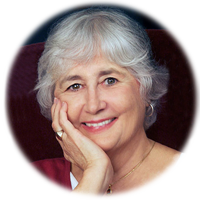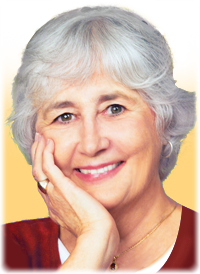The Power & Way of Story: Neuroscience suggests that the classic dramatic arc can change our brains and spur us to action.
 For thousands of years, we’ve known intuitively that stories alter our thinking and, in turn, the way we engage with the world. But only recently has research begun to shed light on how this transformation takes place from inside. Using modern technology like functional MRI scanning, scientists are tackling age-old questions: What kind of effect do powerful narratives really have on our brains? And how might a story-inspired perspective translate into behavioural change?
For thousands of years, we’ve known intuitively that stories alter our thinking and, in turn, the way we engage with the world. But only recently has research begun to shed light on how this transformation takes place from inside. Using modern technology like functional MRI scanning, scientists are tackling age-old questions: What kind of effect do powerful narratives really have on our brains? And how might a story-inspired perspective translate into behavioural change?
The stories we absorb seem to shape our thought processes in much the same way lived experience does.
Neuroscience suggests that the classic dramatic arc can change our brains and spur us to action.
A recent UCLA study found that when young people engage in the arts at an early age, they outperform their peers in every category, from academics to life skills. Cross-cultural anthropologist Angeles Arrien tells us that in many traditional cultures, when an ill person goes to the healer, he or she is asked four questions: When did you stop singing? When did you stop dancing? When did you stop telling your story? When did you stop sitting in silence? She calls these the healing salves. Numerous studies show that activities like drawing and creative writing—even knitting—raise serotonin levels and decrease anxiety.
Often people do not realize their own creative potential. To dream and then make the dream happen. To imagine what is possible and realize that vision.
Creative expression opens the door to the inner world of our imaginations. It is here that we make meaning of our lives. It is here that motivation takes root. The more creative we are, the more capacity we have to imagine what’s possible and make those visions real.
The power of creative expression to transform is rooted in our human need to be seen and heard. One of the most basic ways to exercise our creativity is to tell our stories. The next time you are in a meeting, at a party, or among a group of friends, try this exercise: What story could each of you tell about yourself in three minutes that would significantly shift people’s views of you? After three minutes, the listeners take a moment to acknowledge the storyteller. What new insight did the listeners learn about the storyteller?
All life is interconnected and full of purpose. There is, as teacher and philosopher Parker Palmer says, a hidden wholeness in each of us waiting to emerge. Discovering our unique purpose is one of the great adventures of life.
Creativity is not found just in the chosen few who exhibit artistic talent. It is a force that flows through every single one of us, allowing us to dream things up and make them happen.
Making art—when we’re not judging ourselves—supercharges our creativity, makes us happy, and heals our wounds.
Life is an adventure to be lived, not a problem to be solved.
Something quite different—and more creative—happens when we live life from the vantage point of possibility rather than pathology.
We each have the power to make change.
Regardless of our age or life situation, each of us has something to bring to the table. Learning the skills to make positive change needs to be at the center of education.
Peggy Taylor, Good News
Join me in The Way of Story workshops, www.wayofstory.com/schedule
 The Way of Story
The Way of Story